It has long been known Prime-grade beef is often more tender than Select-grade beef. The biological factors explaining for the tenderness differences, however, have not been well-defined. This project was conducted to evaluate a new hypothesis that may explain the tenderness difference between high- and low-marbled steaks.
Finishing diets typically contain lipids which could increase overall oxidative reactions stress in live cattle. For cattle with more marbling, there may be an inherent increase in oxidative properties caused by production of reactive oxygen species (ROS). Research has shown animals generate ROS in response to oxidative stress. The most predominant ROS are superoxide, peroxide and hydroxyl radicals. These compounds have a chemical structure consisting of a single “unpaired” electron, making them highly reactive in the body. As such, their presence could disrupt typical postmortem changes in muscle, possibly promoting further protein degradation and enhancing tenderness. The mechanism of these changes remains to be uncovered.
Knowing that ROS are highly reactive and dissipate immediately upon reaction, their presence in meat is difficult to measure. The body produces enzymes such as superoxide dismutase to counter ROS. This naturally occurring enzyme acts to reduce the active superoxide radical to a more stable state. Thus, muscle that has been exposed to ROS in the living state could be expected to exhibit elevated superoxide dismutase activity post-mortem. Therefore, superoxide dismutase activity might be an indicator of the long-term presence of ROS in living muscle.
We hypothesized Prime-grade beef would have higher levels of superoxide dismutase than Select-grade beef. These differences in superoxide dismutase activity, as indicators of oxidative stress, could be related to tenderness. To test this, 72 beef strip loins (36 USDA Prime-grade cattle and 36 Select-grade cattle) were collected from a commercial meatpacking plant. Each loin was cut into five pairs of steaks (a one-inch thick steak and a ½-in thick steak). At random, each pair of steaks was aged 2, 7, 14, 21 or 28 days. The thicker steaks were cooked to 158 F, and six cooled cores were analyzed using Warner-Bratzler shear force. The ½-inch samples were used to quantify superoxide dismutase activity in the muscle tissue.
As expected, Prime-grade steaks had a significantly lower shear force than Select-grade steaks (Figure 1). Select-grade steaks had a greater response to aging effects (greater change in Warner-Bratzler shear force) than Prime-grade steaks over the 28-day aging process. In other words, the improvement in tenderness over time was greater for Select-grade beef than Prime-grade beef with the Select steaks having similar shear force to the Prime grade steaks by 28. However, no significant difference was observed between quality grades for superoxide dismutase activity.
The data continue to support the fact that meat with higher levels of marbling exhibit lower amounts of shear force and are thus perceived as more tender. The presence and effect of ROS, however, was not evident in this study. Perhaps, there are other enzymes which could be measured to further show the previous presence of ROS. Alternatively, the hypothesis could simply be invalid. Although the true mechanism of oxidative stress and quality grades and their effects on beef tenderness are still unclear, results from this study provide conceptual foundation for a new research perspective on meat tenderization. NP
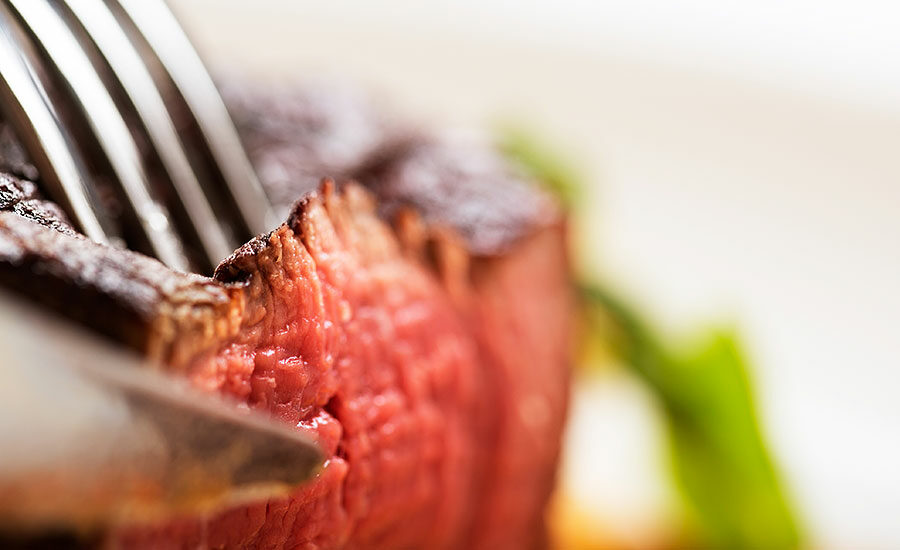
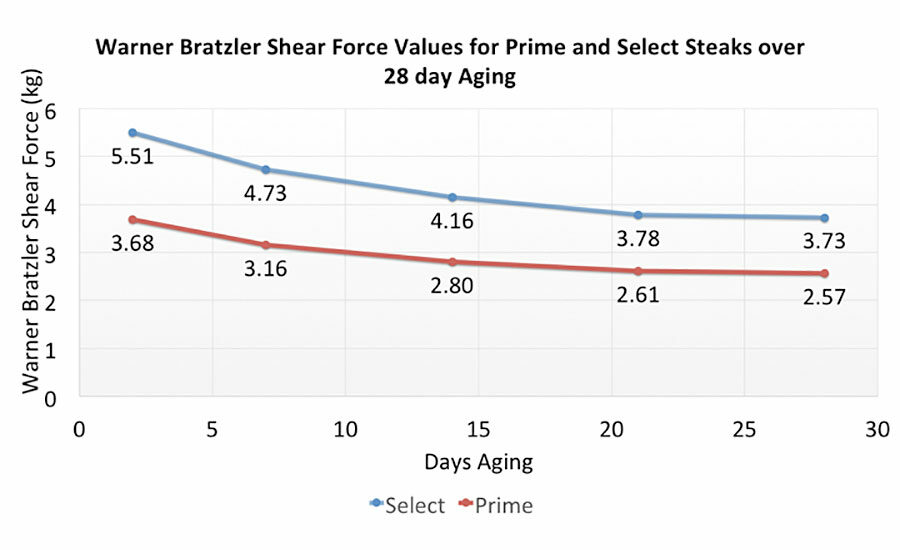
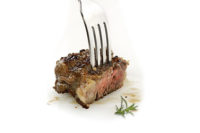
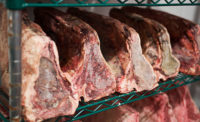
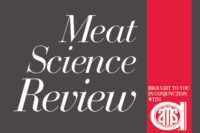
Report Abusive Comment